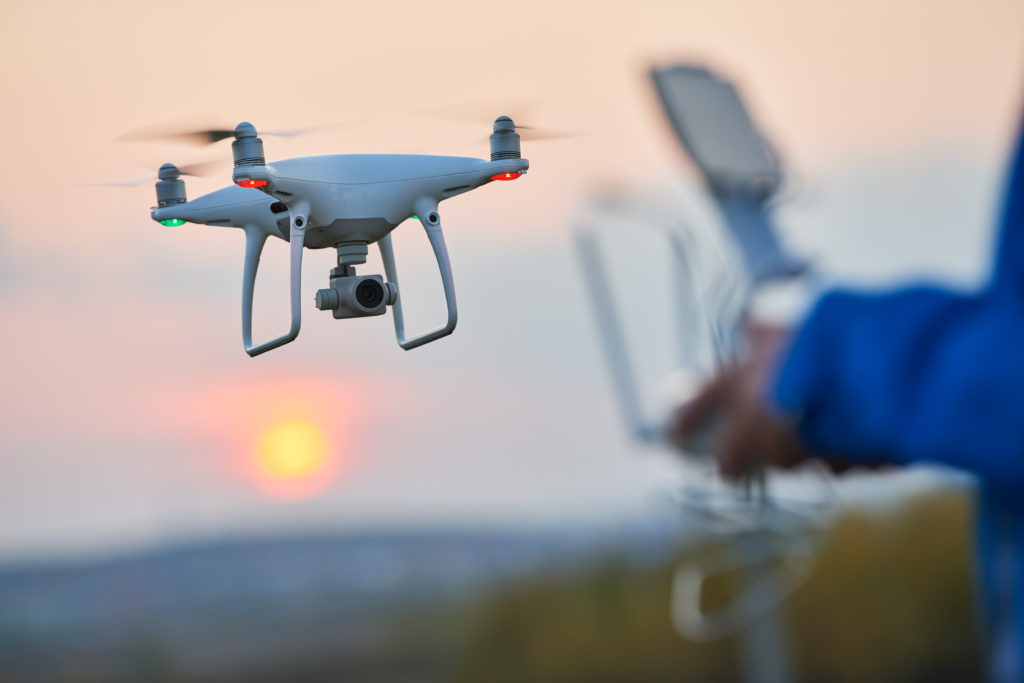
You’ve heard people remark that “the sky’s the limit” in reference to the endless opportunities of a project. At the Division of Forestry, we are living this adage with the implementation of the drone program.
Finding ways to merge the latest technological advances with the duties of the Division has always been challenging. Funding issues, as well as a general decline in enrollment in forestry education programs, have continued to be daunting adversaries. The Division decided that using technology in the form of drones could prove to be invaluable to the Division, the forest industry, and the general public.
The drone program started in 2017 with a single drone and one pilot. Forestry now has a fleet of 10 drones and 10 forester-pilots. The Division’s pilots complete all training requirements necessary for recognition and certification by the FAA. The drones are strategically assigned throughout the state, with at least one drone being available in each of the Division’s six geographical regions. Since its inception, the program’s unmanned aircrafts have logged more than 800 missions. These drones are not merely an additional tool for foresters’ field work, but have now become the preferred tool for many tasks. That makes sense considering an hour of flight time by one of these drones is equivalent to several man-hours on the ground. The drones have become instrumental in assuring that the Division continues to not only meet its statutory obligations, but also better serves the citizens of West Virginia.
The Division has taken full advantage of this time-saving technology by using the fleet to capture real-time views of forestlands, evaluate insect and disease infestations, and enforce the provisions of the Logging Sediment and Control Act. Additionally, our drones are invaluable in fighting and suppressing forest fires as they are used to locate, identify, and assess wildfire conditions. The Division’s pilots are often called upon to fly missions to assist local law-enforcement agencies in emergency situations such as locating missing persons and apprehending criminal suspects.

It wasn’t until I became part of the National Association of State Foresters last year that I realized how far ahead of the curve West Virginia is in regard to utilizing drones in forestry work. I quickly learned that we are not only one of the few states with a program focused on the use of drones, but we are regarded as a national leader. I will be the first to admit that I am a traditional man that usually finds comfort in conventional methods; however, the first time I saw one of these aircrafts take flight I was excited about the things to come. That is why I have decided to earmark $25,000 of the Division’s special revenue funds to expand the drone program. This is the first year that the drone program will benefit from a dedicated budget. I would be remiss if I didn’t take this opportunity to recognize the program’s manager, Forester Rodger Ozburn. The success of this program would not have been possible if he had not assumed the additional duties and put in the time and research to get it off the ground.
The drone program is just one example of the Division’s commitment to embracing and encouraging the use of technology whenever we can. In terms of our drone program, the sky truly is the limit!
















